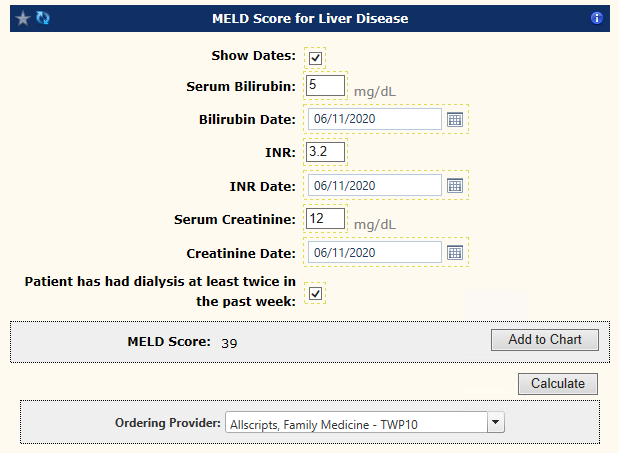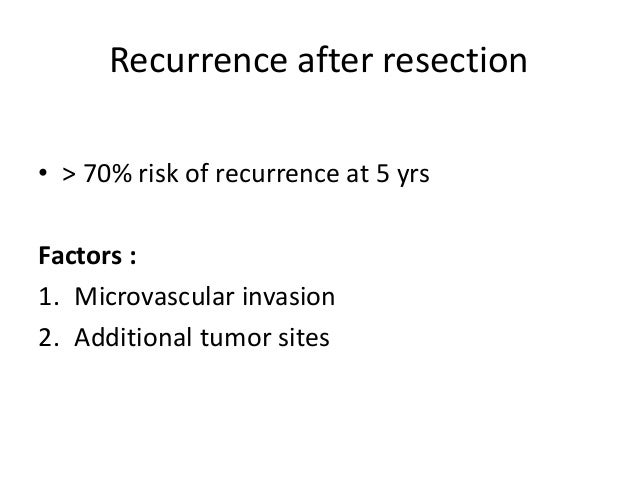


The Model for End-Stage Liver Disease (MELD) score has been used by the Organ Procurement and Transplantation Network (OPTN) since February 2002 as the basis for allocation of deceased donor livers for transplantation among adults in the United States. A number of modification have been made by UNOS (United Network for Organ Sharing) to the model for its implementation in organ allocation for liver transplantation. It was initially described by Kamath et al in 2001 and modified by Wiesner et al, also in 2001. The original version of the MELD scale as developed by investigators at Mayo Clinic. This model was derived from a heterogeneous group of patients at 4 medical centers in the United States and validated in an independent data set from the Netherlands. It is more recent than the Child-Pugh score. In other words under the MELD scoring system - the sickest patient gets the liver transplant. The equation seeks to calculate a patient’s likelihood of dying within three months from their liver disease.

The new system, known as the Model for End-Stage Liver Disease (MELD) score, leaves no room for subjective criteria favoritism or hospital-shopping, as it is based on a mathematical equation. It is used as a disease severity index to help prioritize allocation of organs for transplant. The Model for End-Stage Liver Disease (MELD) is a reliable measure of mortality risk in patients with end-stage liver disease. Associate Editor-In-Chief: Suvekchha Devkota Shankar Kumar, M.B.B.S. Risk calculators and risk factors for MELD ScoreĮditor-In-Chief: C. US National Guidelines Clearinghouse on MELD Scoreĭirections to Hospitals Treating MELD Score Ongoing Trials on MELD Score at Clinical Articles on MELD Score in N Eng J Med, Lancet, BMJ


 0 kommentar(er)
0 kommentar(er)
